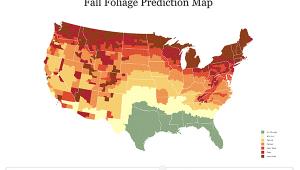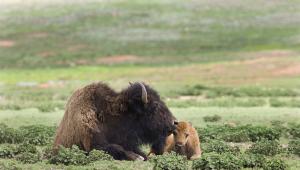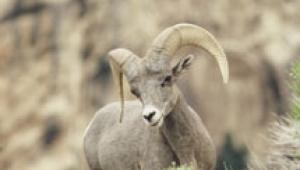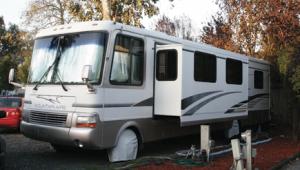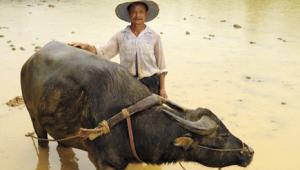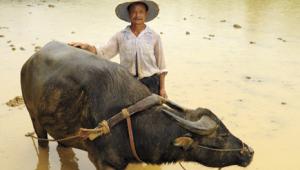Post Cards From The Freezer; Photographing Antarctica Digitally
"Antarctica is a separate world...it is the presence of ice, from
the first occasional fragment, escalating in shape, form and frequency, and
finally dominating all else, that brings assurance of arrival in Antarctica."--Mark
Jones, from Wild Ice: Antarctic Journeys (available on Amazon.com)
Taking pictures in Antarctica is easy. Point your camera in almost any direction,
fill the frame with a stunning landscape, seascape, or unique wildlife encounter,
press the shutter release button, and presto, your memory is recorded instantly
by your digital camera.
 |
|
|
For the travel, landscape, seascape, environmental, and wildlife photographer, Antarctica is a dream come true--a fantasy world of experiencing and exploring a truly fascinating and awe-inspiring massive area of our planet. It's a dream I experienced this past December, during Antarctica's summer, aboard the Russian icebreaker the M/V Professor Multanovskiy, which is outfitted for photographers and travelers like myself. I booked the trip (actually promoted as an expedition) to the Antarctic Peninsula through Quark Expeditions (www.quarkexpeditions.com), specialists in polar exploration. (Note: Most travelers book this trip six months in advance.)
 |
 |
||
|
|
"Yes!" That's the enthusiastic answer I give to those of
you who are reading this column and wondering if the experience was worth it--a
12-day trip that included for me a 10-hour flight from New York to Buenos Aires;
a 31/2-hour flight from Buenos Aires to Ushuaia, Argentina, the southernmost
city on the planet; a day layover in Ushuaia; and a two-day voyage from Ushuaia
to the Antarctic Peninsula.
What made the experience especially enjoyable and rewarding for me was the instant
gratification that digital imaging offers. Each day, after photographing the
landscapes, seascapes, and wildlife with my Canon digital SLR cameras and lenses,
I downloaded my pictures, recorded on SanDisk Extreme III 2GB and 4GB CompactFlash
cards, to my PowerBook G4 laptop and gave them a quick glance to ensure that
I was capturing the images that I was seeing. After downloading my pictures
to my laptop, I copied them to my G-TECH 60GB portable hard drive. After the
pictures were stored in two places, I formatted my CompactFlash cards in my
cameras (which is better than formatting cards via a computer) so that I would
be ready for more picture opportunities the following day.
 |
|
|
What's more, the team of knowledgeable naturalists onboard offered in-depth
talks and seminars on the marine life and geology of the area.
I wrote this column in my cabin aboard the M/V Professor Multanovskiy, which
gently and predictably swayed in the 5- to 7-foot sea swells that I could see
outside my cabin window. I have selected a few images that I think offer an
idea of experiencing and photographing one of the world's most pristine
destinations--the destination at the bottom of the earth.
 |
|
|
Many visitors to Antarctica go to photograph unique wildlife. For tight headshots,
you'll need a telephoto lens or telephoto zoom--you are not allowed
to get closer than 15 ft to the animals in most areas. However, some animals
nest or rest along a path, which can make for wonderful close wildlife encounters.
Some penguins walk right up to photographers and visitors, which means you can
use a wide angle zoom. However, be prepared with a telephoto zoom for distant
shots.
 |
|
|
To capture detail in ice, shooting raw files is a must because JPEG files
toss away 1/3 or more of the information in a file, mostly in the highlight
areas. A gray sky is the norm, but the sun does burn through the clouds on occasion.
- Log in or register to post comments
